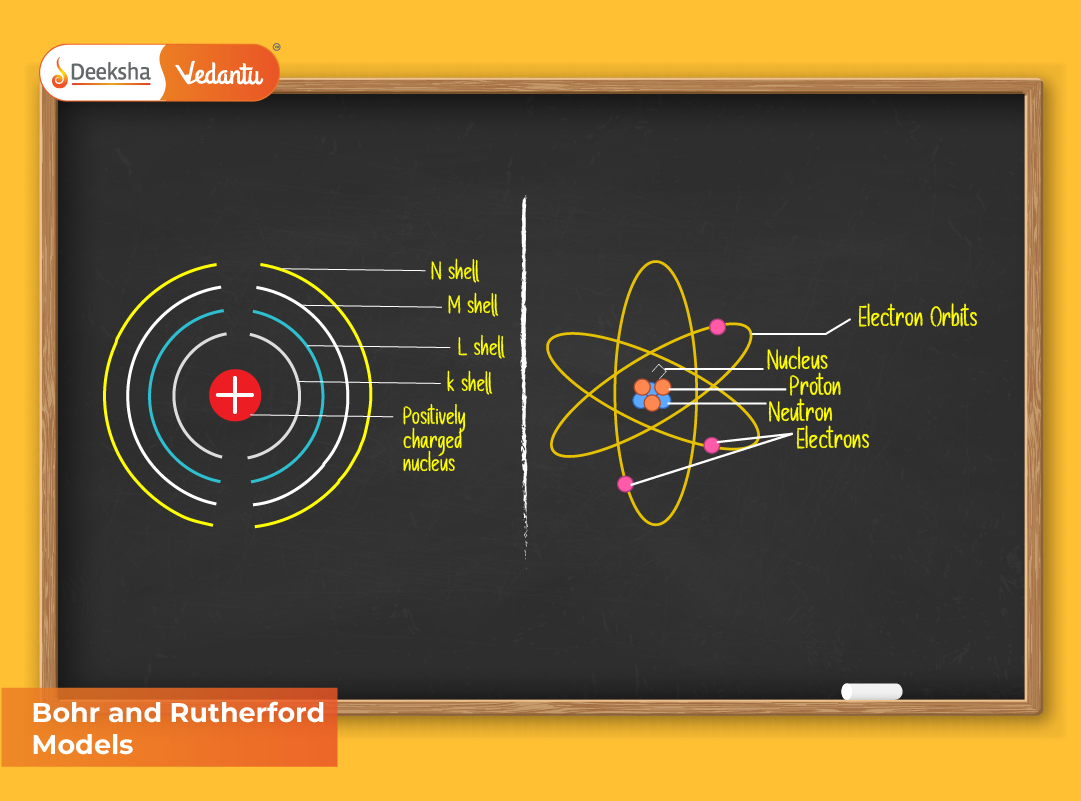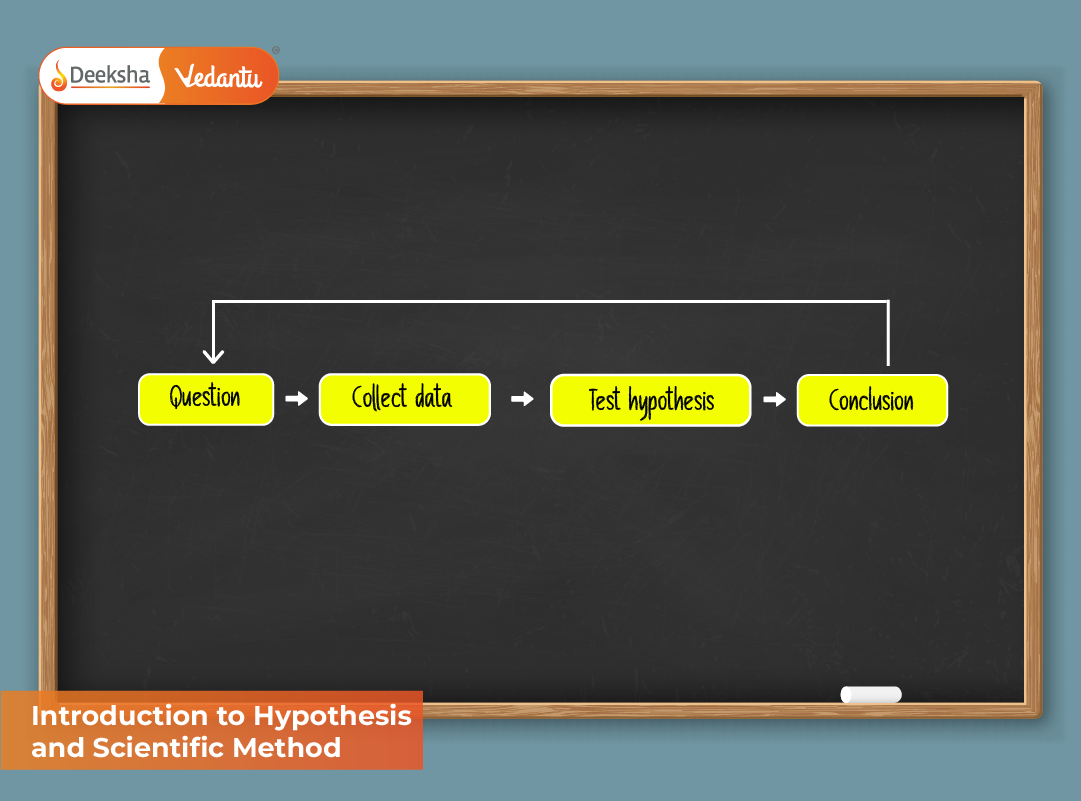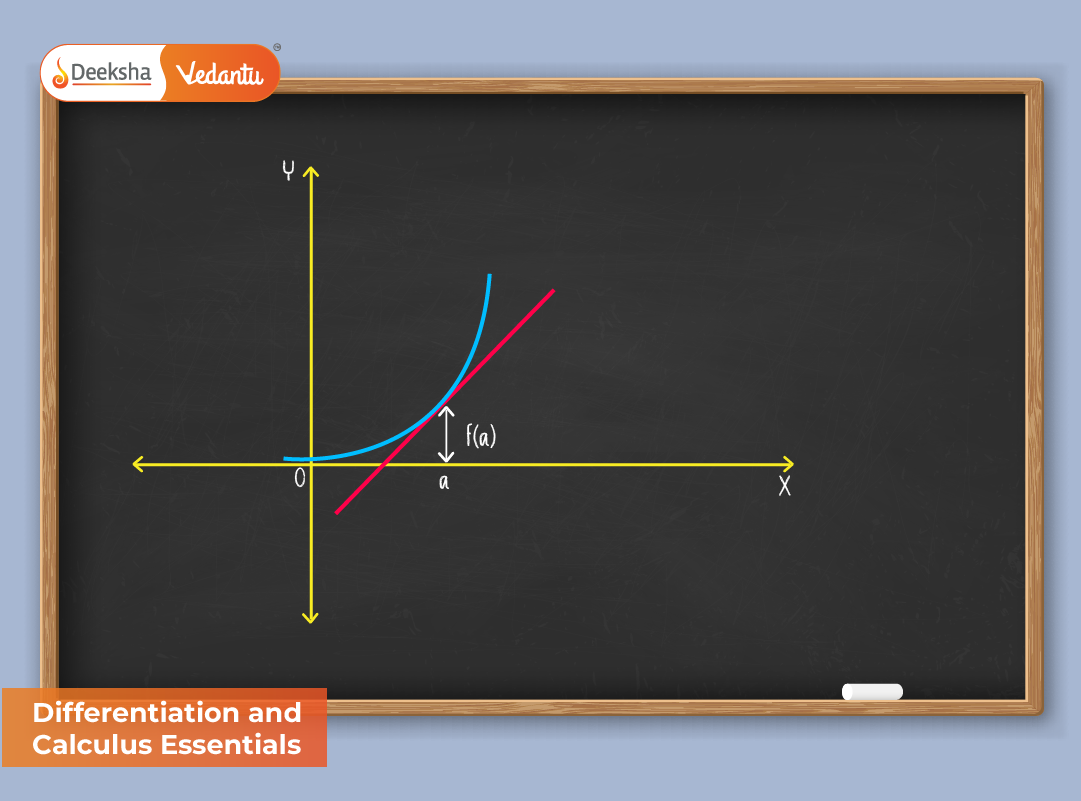The study of atomic structure is one of the most significant milestones in the history of science. Two of the most influential models that shaped our understanding of atoms were proposed by Ernest Rutherford and Niels Bohr. Their discoveries bridged the gap between classical and modern physics, explaining how electrons are arranged and how atoms maintain stability. Understanding the Bohr model of the atom and the Rutherford experiment helps students grasp how modern atomic theory evolved.
Atoms, the building blocks of matter, were long thought to be indivisible. However, with discoveries of subatomic particles like protons, neutrons, and electrons, scientists began exploring deeper into their internal structure. Let’s trace how Rutherford and Bohr contributed to this fascinating journey.
Rutherford’s Experiment: A New Atomic Perspective
Before Rutherford’s work, J.J. Thomson’s plum pudding model described the atom as a sphere of positive charge with negatively charged electrons embedded within it. However, this model couldn’t explain the results of scattering experiments conducted later.
In 1911, Ernest Rutherford conducted his famous gold foil experiment, where alpha particles were directed at a thin sheet of gold foil. Most particles passed through the foil, but a few deflected at large angles. This unexpected observation led to a revolutionary conclusion — atoms consist mostly of empty space with a small, dense, positively charged center called the nucleus.
Key Observations from Rutherford’s Experiment
- Most alpha particles passed straight through the gold foil, suggesting that atoms are largely empty space.
- Some were deflected at small angles, indicating the presence of a dense positive region within the atom.
- A few rebounded sharply, showing that the positive charge and most of the atom’s mass are concentrated in the nucleus.
From this, Rutherford proposed that electrons revolve around the nucleus in circular orbits, much like planets around the sun. This marked a major step in understanding the structure of the atom, but his model had some limitations, which were later addressed by Bohr.
Learn more about this at Rutherford’s Model of Atoms and Its Limitations.
Limitations of Rutherford’s Model
While groundbreaking, Rutherford’s model could not explain the stability of atoms. According to classical physics, electrons moving in circular paths should continuously lose energy as electromagnetic radiation and eventually collapse into the nucleus. However, atoms were known to be stable. Moreover, it failed to explain the discrete line spectra emitted by elements.
To solve these issues, Niels Bohr introduced a new model based on quantum theory.
Bohr’s Model: A Quantum Leap
In 1913, Niels Bohr refined Rutherford’s model by incorporating quantum concepts. Bohr proposed that electrons revolve around the nucleus in specific circular paths called orbits or energy levels, each with a fixed energy value. Electrons can move between these energy levels by absorbing or releasing energy in the form of light.
Main Postulates of Bohr’s Model
- Electrons revolve in certain stable orbits without radiating energy.
- Each orbit corresponds to a specific energy level denoted by principal quantum number (n = 1, 2, 3,…).
- Electrons can jump from one energy level to another by absorbing or emitting a quantum of energy (E₂ − E₁ = hν).
- The angular momentum of an electron in a stable orbit is quantized: mvr = nh/2π.
This model successfully explained the stability of atoms and the spectral lines of hydrogen, paving the way for modern quantum mechanics.
For an in-depth explanation, visit Bohr’s Model.
Comparison Between Rutherford and Bohr Models
| Feature | Rutherford’s Model | Bohr’s Model |
| Core Idea | Electrons revolve around a dense nucleus | Electrons revolve in fixed energy levels |
| Stability of Atom | Could not explain stability | Explained stability using quantized orbits |
| Spectral Lines | Not explained | Explained hydrogen spectrum successfully |
| Energy Emission | Continuous radiation expected | Discrete energy change (quantum) |
| Nature of Orbits | Classical circular paths | Quantized circular paths |
The atomic models comparison highlights how Bohr’s model improved upon Rutherford’s by combining experimental data with emerging quantum principles.
Evolution Toward Modern Atomic Theory
After Bohr’s contribution, atomic theory continued to evolve. Scientists like Schrödinger and Heisenberg introduced the quantum mechanical model, which describes electrons not as particles moving in fixed orbits, but as wave-like entities found in regions of probability known as orbitals.
To understand how Bohr and Rutherford’s ideas connect to later models, students should explore concepts such as electronic configuration and periodic trends in the modern periodic table. These ideas link electron arrangement with the chemical properties of elements.
Atomic Mass and Structure
Every atom is defined by its atomic number (number of protons) and atomic mass, which includes both protons and neutrons. Rutherford’s discovery of the nucleus made it possible to calculate atomic masses with precision. Later studies refined these measurements, allowing scientists to classify elements systematically based on atomic structure.
Learn more about atomic mass of elements to see how it plays a role in understanding isotopes and molecular weights.
Real-World Applications of Bohr’s and Rutherford’s Models
Though theoretical, both models laid the groundwork for countless practical advancements:
- Bohr’s energy level concept explains the working of lasers and LEDs.
- Rutherford’s nuclear concept forms the basis of nuclear physics and energy generation.
- Atomic models assist in spectroscopy, quantum chemistry, and modern materials research.
- They are also crucial in developing technologies like semiconductors and particle accelerators.
These applications reveal how foundational discoveries continue to shape modern science and technology.
FAQs
Q1. What was the key finding of Rutherford’s experiment?
Rutherford discovered that the atom has a small, dense, positively charged nucleus where most of its mass is concentrated.
Q2. How did Bohr’s model differ from Rutherford’s?
Bohr introduced the concept of quantized energy levels, explaining why electrons remain stable and how atoms emit discrete spectra.
Q3. What are the limitations of Bohr’s model?
It works well for hydrogen-like atoms but fails for multi-electron systems. It also couldn’t explain fine spectral lines or electron behavior in quantum mechanics.
Q4. Why is studying atomic models important?
Understanding these models helps students grasp how scientific theories evolve and how atomic behavior explains matter’s physical and chemical properties.
Q5. How do Bohr and Rutherford models contribute to modern chemistry?
Their discoveries provided the foundation for quantum theory, electronic configuration, and the periodic classification of elements.
Conclusion
The Bohr and Rutherford models represent two pivotal stages in the development of atomic theory. Rutherford’s model revealed the nucleus, while Bohr’s incorporated quantum ideas to explain electron behavior and atomic stability. Together, they transformed our understanding of the microscopic world and laid the groundwork for modern physics and chemistry. For learners, exploring these models not only deepens comprehension of the structure of the atom but also showcases how science continuously refines itself through evidence and innovation.
Table of Contents














Get Social